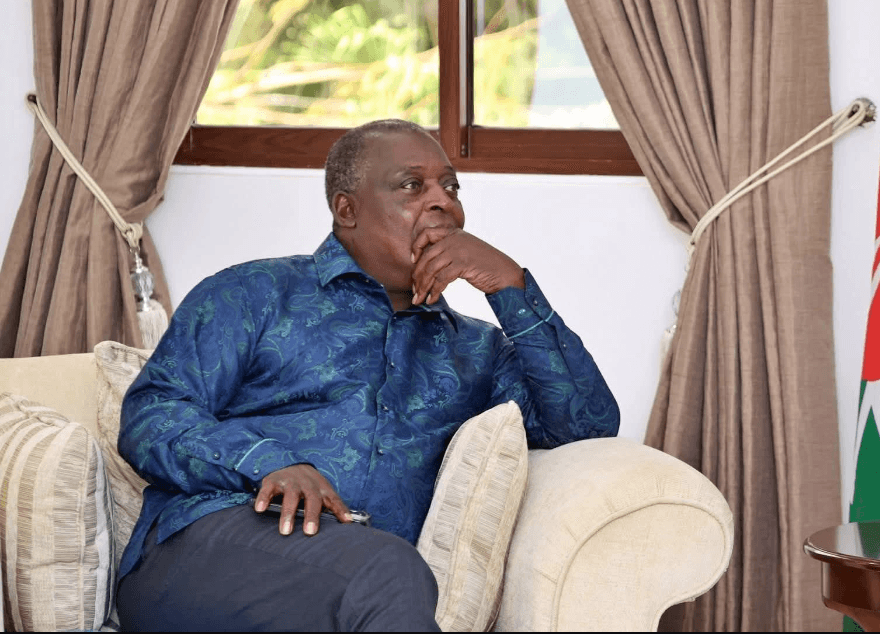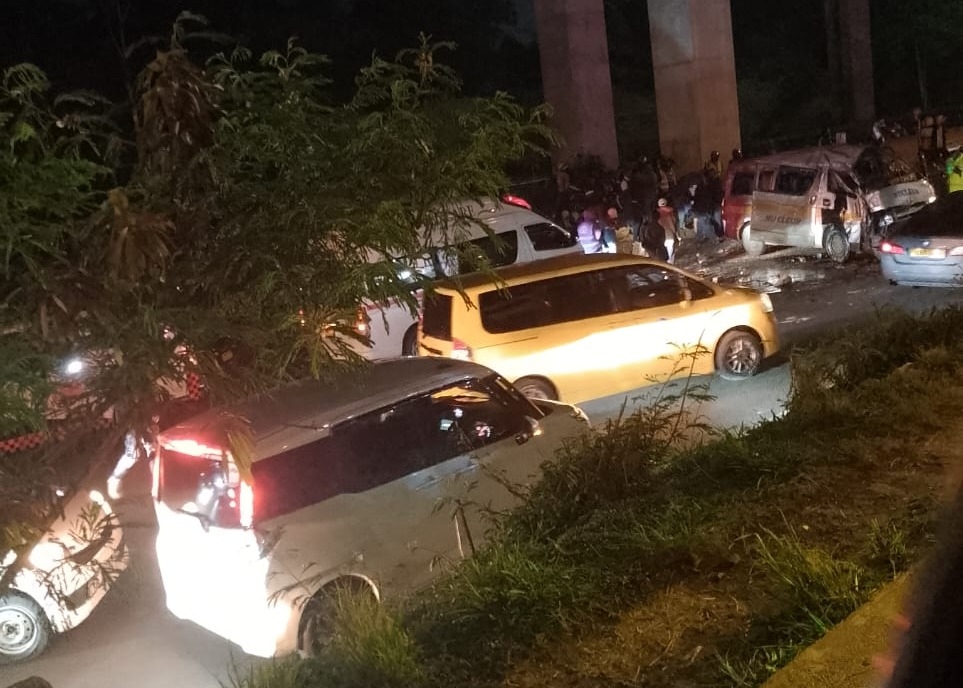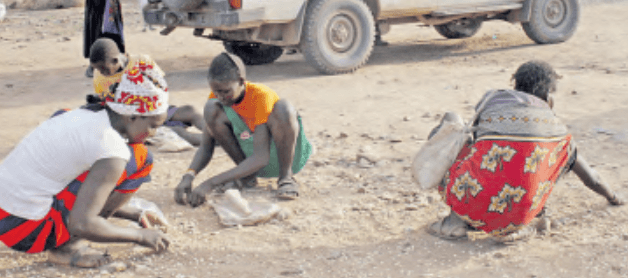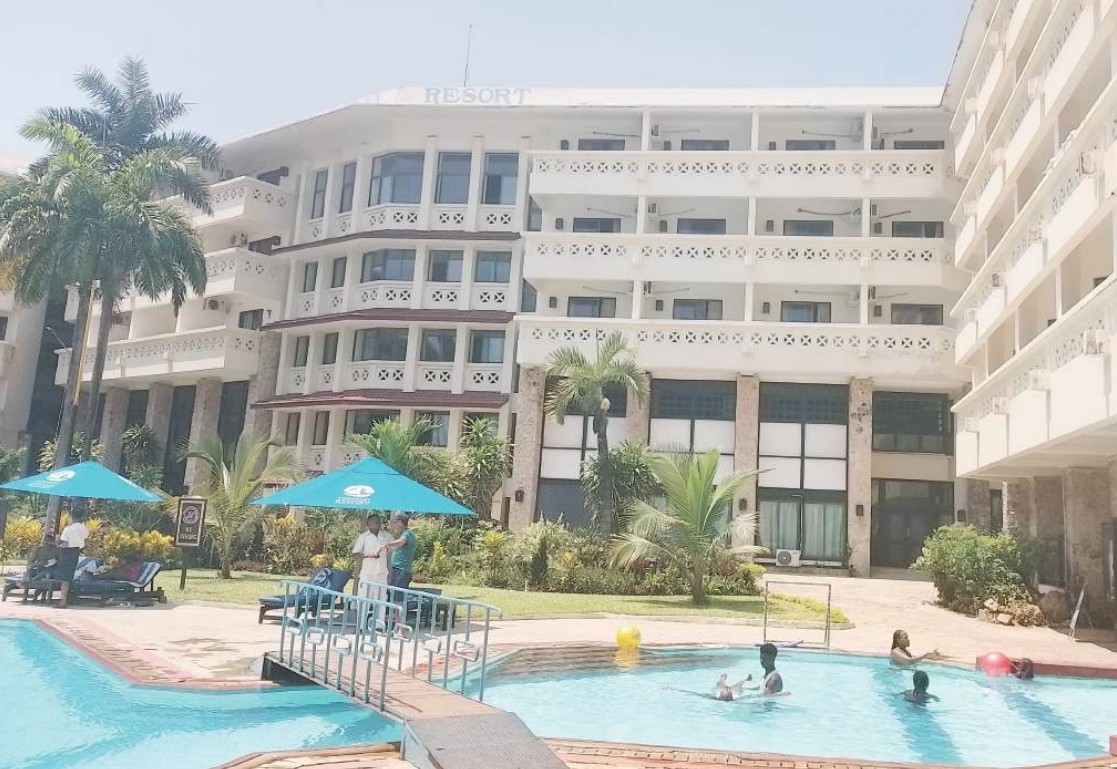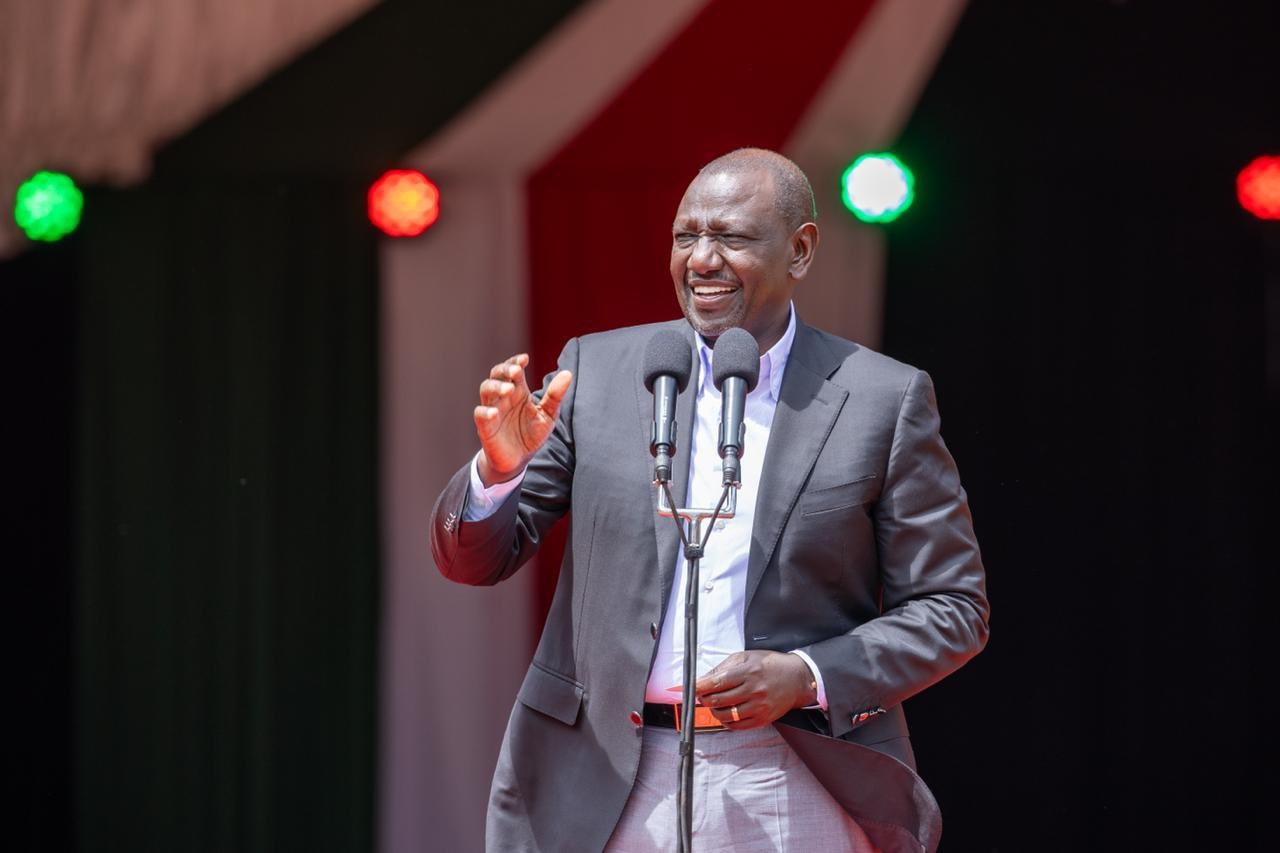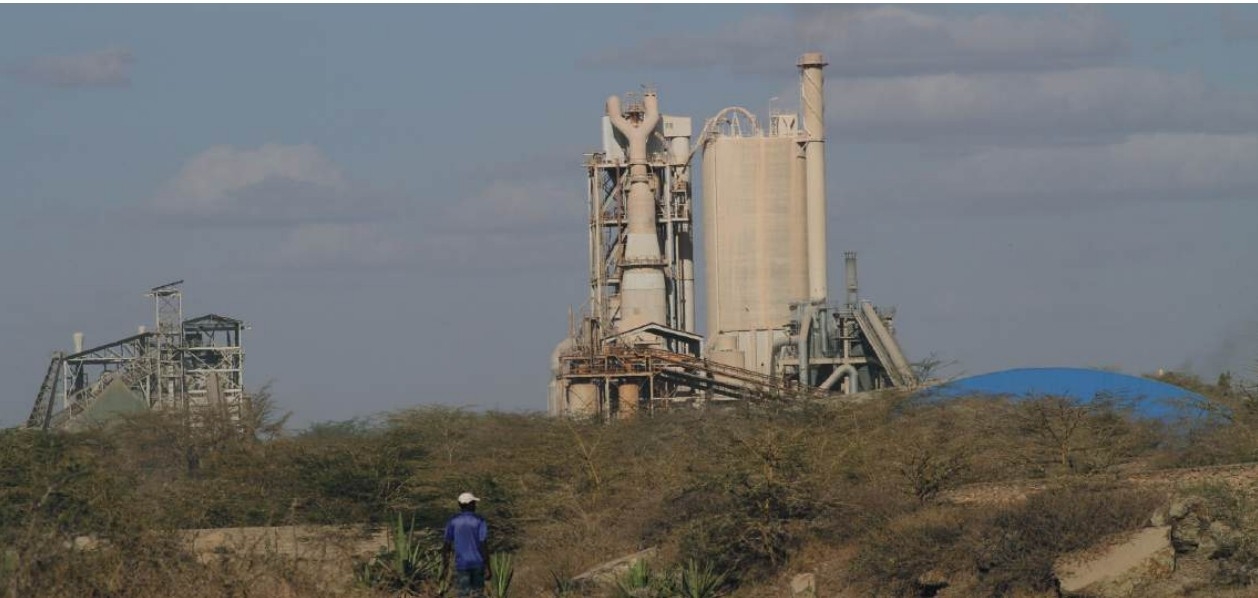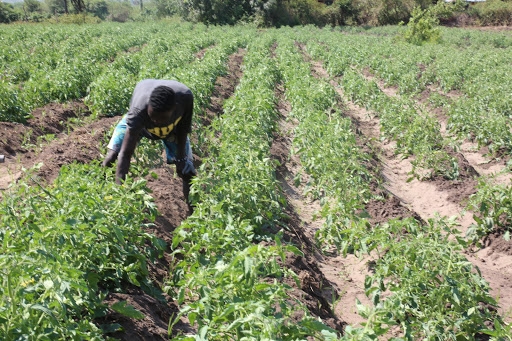
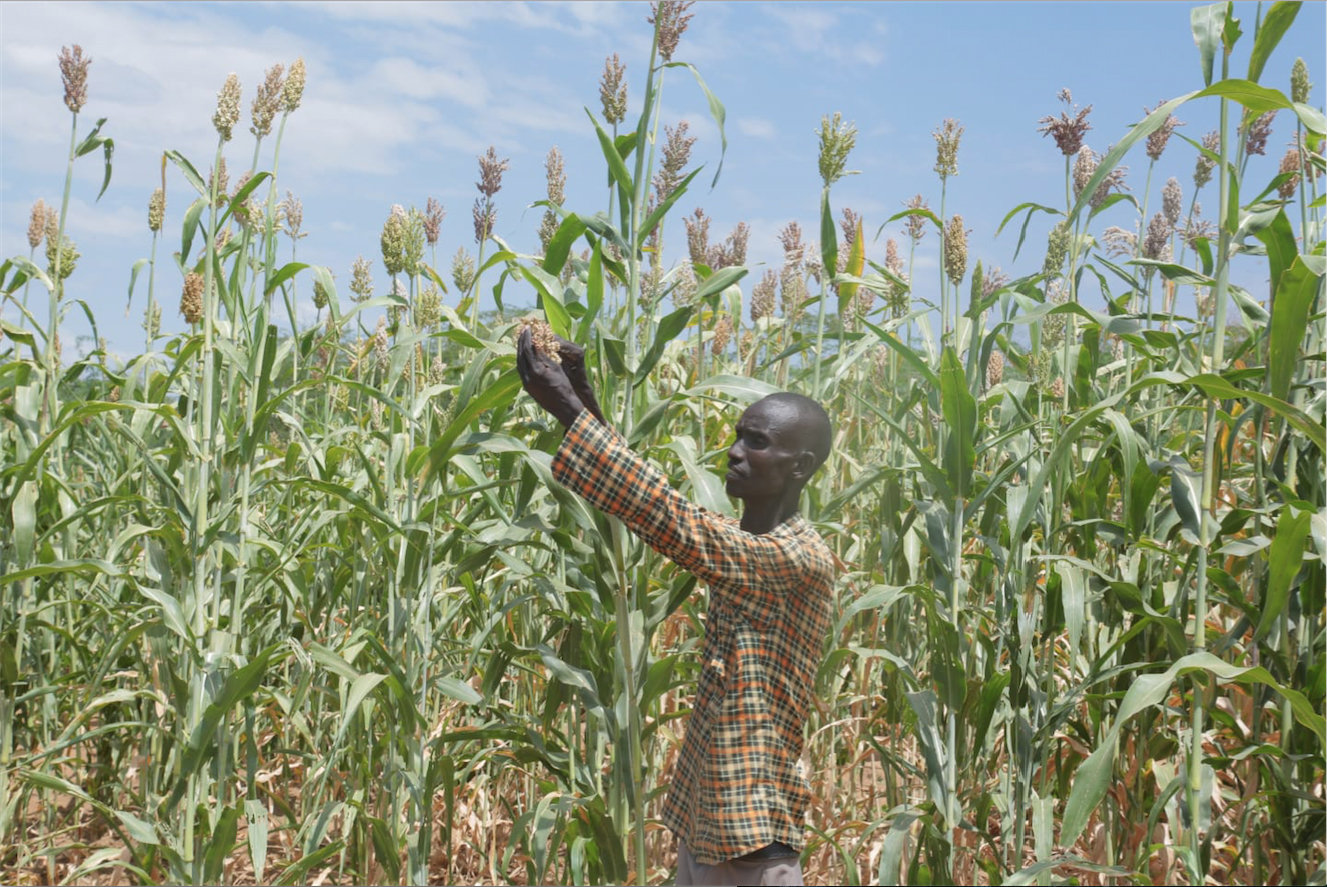
In Kenya’s arid Turkana county, irrigation schemes started over 40 years ago are still transforming lives.
What began as a missionary’s vision in 1983 is now a thriving network of irrigation projects helping more than 10,000 smallholder farmers grow food, earn incomes and beat hunger.
In one of Kenya’s driest and most drought-prone regions, irrigation schemes started in 1983 continue to thrive and support thousands of families.
Lokori Division of Turkana East, the Lokubae Cluster Irrigation Scheme has become a lifeline for over 10,000 smallholder farmers.
The cluster comprises three schemes, Lokubae (2,560 acres), Morulem (1,680 acres) and Elelea (1,300 acres), all spanning 5,540 acres.
According to the National Irrigation Authority, the schemes support 10,518 farmers. 4,678 in Lokubae, 3,240 in Morulem and 2,600 in Elelea, with most farmers cultivating about half an acre each.
“People think food can't grow in Turkana because it's dry. But here in Morulem, we are farming and feeding our families,” says Ezekiel Ewokit, a farmer from Morulem Irrigation Scheme, where 3,525 farmers farm on 750 acres.
Margaret Akiru, another farmer, grows maize and sorghum. She sells part of her harvest at the local market and uses the income to support her children’s education.
“Thanks to this irrigation scheme, I can feed my family and also afford school fees and other needs,” she says.
At Lokubae Irrigation Scheme, Hosea Lotir says farmers are growing maize, sorghum and green grams on 2,500 acres.
“Communities here have embraced farming. These schemes are changing lives,” he adds.
At the Katilu Irrigation Scheme, John Natoo says 1,500 acres are under cultivation, supporting 3,000 farmers.
“Water is life. This scheme has allowed us to grow food in a place once known only for drought,” he says.
Katilu draws water from the Turkwel River, a permanent river that flows year-round.
The irrigation schemes have over time changed lives, especially for women and Lily-Rose Bartholomew is a testament to this.
She grows seed maize for Kenya Seed Company. She says farming has empowered her as a woman.
“With the money I earn, I have educated my children up to secondary school. I can afford healthcare, I’ve built a good house and even bought livestock,” she said.
Philip Esekon, another farmer, believes the future of Turkana lies in farming.
“We’re not leaving farming. Young people, women and men are all embracing it. We want to end hunger and stop depending on food donations,” he says.
According to National Irrigation Authority chief executive officer Eng Charles Muasya, Turkana has massive potential for irrigation due to the presence of two key rivers, Turkwel and Kerio, both of which drain into Lake Turkana.
“We’ve developed 7,500 acres so far in these schemes, but our goal is to expand up to 15,000 acres,” Muasya said.
According to NIA, Lokubae Irrigation Scheme was inaugurated in 1983 by Ben Webster, a missionary from America in conjunction with Turkana Rehabilitation Project.
The project had 106 acres of land with 875 farmers, each with an eighth of an acre which translates to (0.125 acres). The project phased out in 1984.
In 2001, the scheme was developed by World Vision Kenya after funding from USAID mission embassy of America. (Agricultural and Environment office). The scheme was opened up to 1,260 acres and the number of farmers increased to 3,675 farmers.
In 2011, NIA came on board and its objective was to rehabilitate scheme infrastructure, support crop production and expand the scheme. NIA expanded the scheme by 1,000 acres, increasing the acreage to 2,260 acres.
In 2019-20 FY, an additional 300 acres under expansion programme by NIA was opened up translating the total acreage to 2,560 acres with 4,578 farmers.
Morulem Irrigation Scheme was also started in 1983 by missionary Ben Webster in conjunction with Turkana Rehabilitation Project.
The scheme is 3km south of Lokubae Irrigation Scheme in Kang’itit, Lokori in Turkana East. The scheme had 450 acres of land with 776 farmers.
Later, the project phased out in 1985 where farmer’s leaders took an initiative of leading themselves until 1992 where World Vision came in to expand the scheme and capacity building in the scheme. The scheme acreage increased to 780 acres and the number of farmers increased to 1,500.
NIA came on board in 2019 with the target of increasing the schemes acreage by 1,380 acres from the 780 acres to 2,160 acres under the authority’s expansion programme.
Some 600 acres of land was opened up during the 2019-20 FY and an additional 300 acres for 2020-21 FY. This translates the total acreage to 1,680 acres (780,600 and 300 acres in phases 1, 2 and 3) and 3,240 farmers.
Elelea Irrigation Scheme, also at Lokori in Turkana East along river Kerio and is 15km north of Lokubae Irrigation Scheme, was developed in the same year. The scheme had 400 acres with 800 farmers with an allocation of 0.5 acres to each farmer.
NIA came on board to assist the scheme after the request by farmers and local leaders to open up more land for farming.
In 2018-19 and 2019-20 financial years, 600 acres under the expansion programme of NIA was opened up translating to 1,000 acres. In 2020-21 FY, another 300 more acres of farm land was opened up for crop production bringing the schemes’ to 1,300 acres and 2,600 farmers.
Muasya revealed plans for the construction of Lowat Dam, which will enable irrigation of up to 50,000 acres using water from the Kerio River.
“Once completed, this project will be a game changer for Turkana,” he said.
Muasya encouraged more farmers to take up irrigation despite challenges such as climate change and high input costs. “With the right support, Turkana can become a major food-producing region,” he added.





